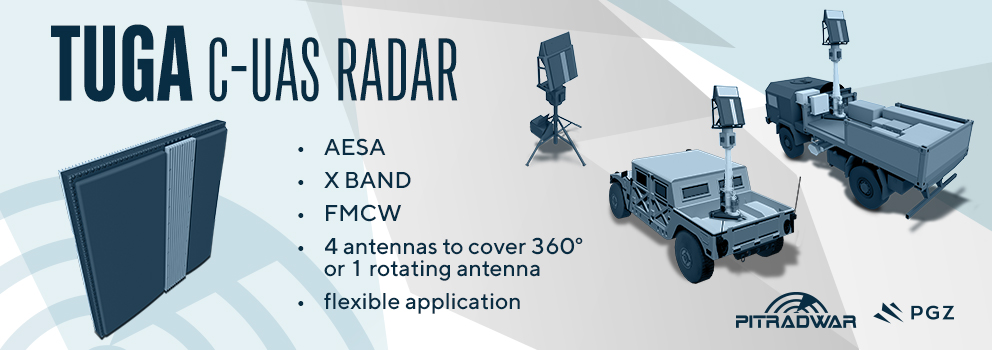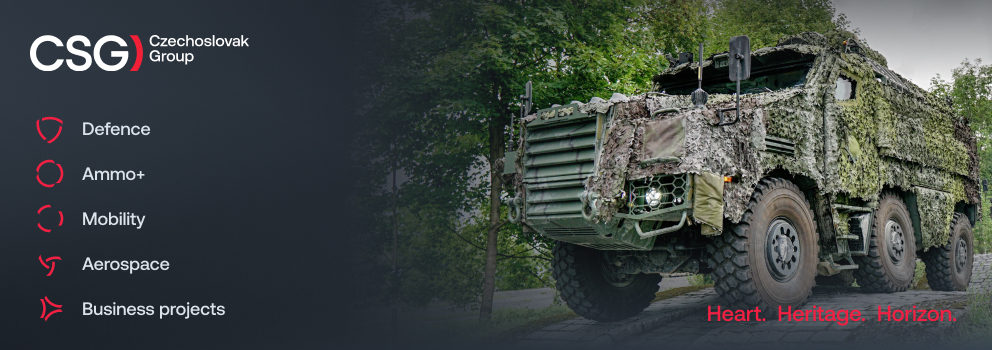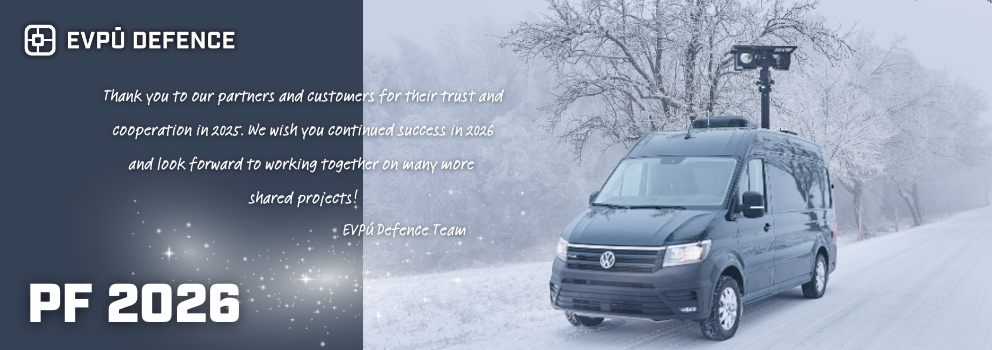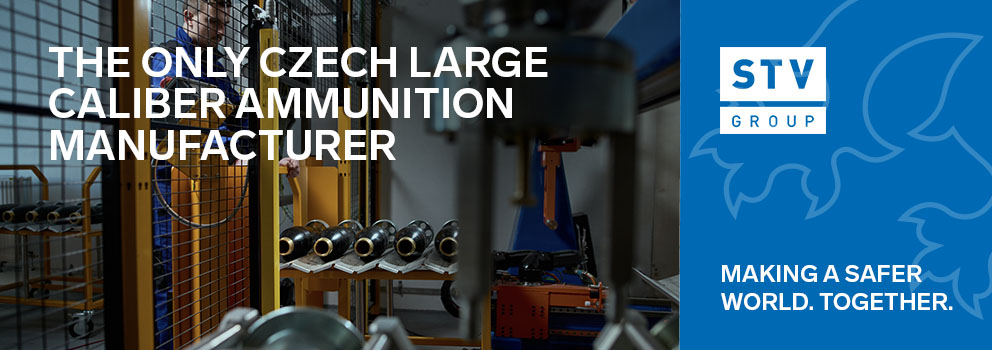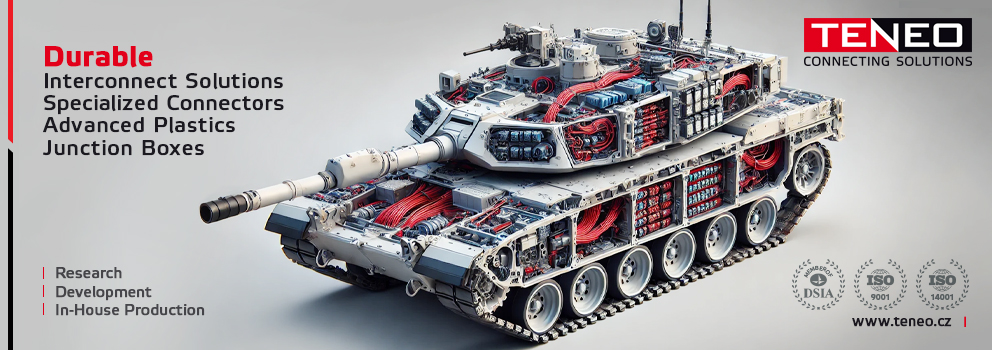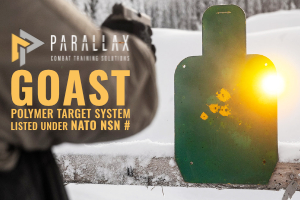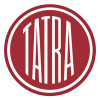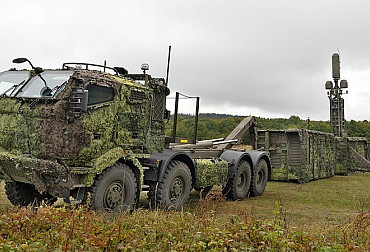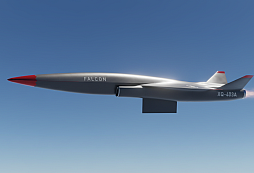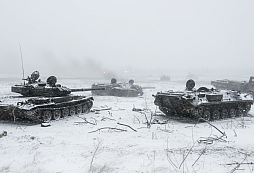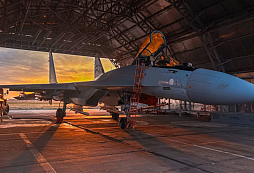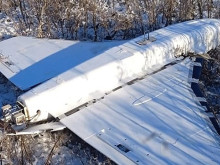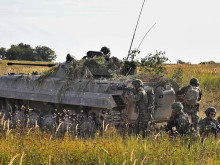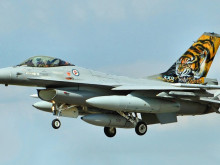The Pandur 8x8 EVO is a fully comparable Czech product in relation to foreign alternatives. The advantages of domestic production should be a decisive factor
The Ministry of Defence is currently conducting a feasibility study to determine the future of the mechanized battalions of the 4th Brigade, specifically addressing the existing Pandur II 8x8 CZ wheeled vehicles and their modernization as outlined in KVAČR 2035. However, indications of a much more extensive modernization project are emerging, suggesting that the current vehicles may be replaced by new armored vehicles. As with the previous acquisition, the main competitors will be the Pandur and Patria models, this time in the EVO and AMVXP versions. Let’s examine how these two frontrunners compare in terms of a key factor: domestic industry involvement.
A total of 250 new vehicles will be used to equip or rearm three mechanized infantry battalions within the 4th Rapid Deployment Brigade. The purchase of the original Pandur II 8x8 wheeled vehicles was approved by the government of Mirek Topolánek in 2009, but due to budget cuts following the economic crisis, the originally planned number of vehicles was drastically reduced to 107 units. Additionally, after-sales service was largely overlooked in the initial years. While the project strengthened the army’s capabilities, it also created significant logistical issues, some of which persist to this day.
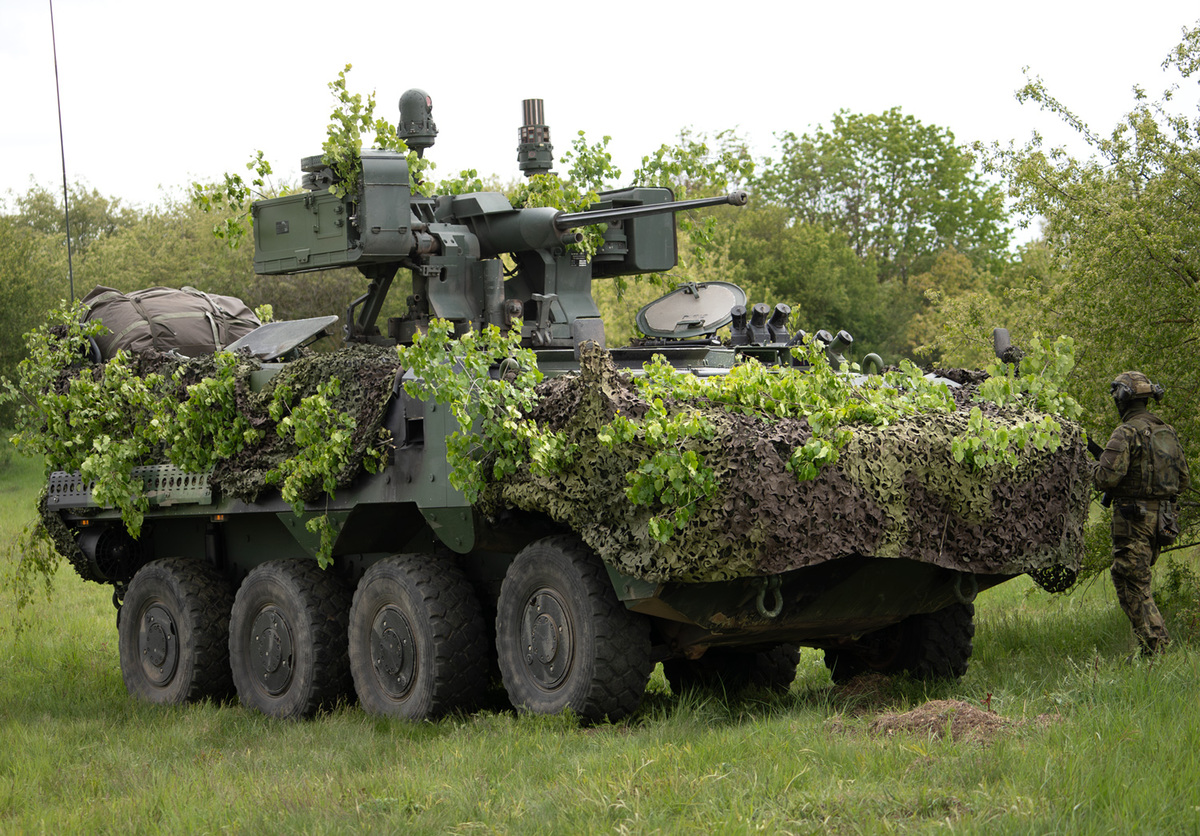
Today, Tatra Defence Vehicle (TDV), the manufacturer of the Pandur II 8x8, provides stable and satisfactory servicing for the Army of the Czech Republic. However, certain spare parts (such as those for the remote-controlled weapon station) remain in short supply. This shortage is one of the reasons why the army has already recognized the need to replace these vehicles with a modern and more promising alternative. Moreover, the initial reduction in the number of Pandur II 8x8 CZ units meant that only two battalions received them, while the 44th Light Motorized Battalion was equipped solely with light IVECO vehicles.
The estimated value of the new acquisition is at least CZK 30 billion, possibly more. However, the cost could be offset by selling the existing armored vehicles, which are still only in the middle of their life cycle. Given that many potential buyers might find the older Pandur II 8x8 more suitable for their needs than the Czech Army does, reselling these vehicles presents an economic advantage.
The procurement of new wheeled armored vehicles for the Czech Armed Forces will be another major modernization project subject to public scrutiny. A key issue in the selection process—regardless of the Ministry of Defence’s chosen procurement strategy—will be the extent of domestic industry involvement. In this regard, the Pandur 8x8 EVO holds an advantage, as Tatra Defence Vehicle will manufacture the entire vehicle in Kopřivnice, Czech Republic. This includes the combat turret, addressing a critical issue faced with the existing Pandur II 8x8 vehicles, which rely on weapon stations from Israel. For the Pandur 8x8 EVO, the only foreign involvement will be in specific subcontracted components.
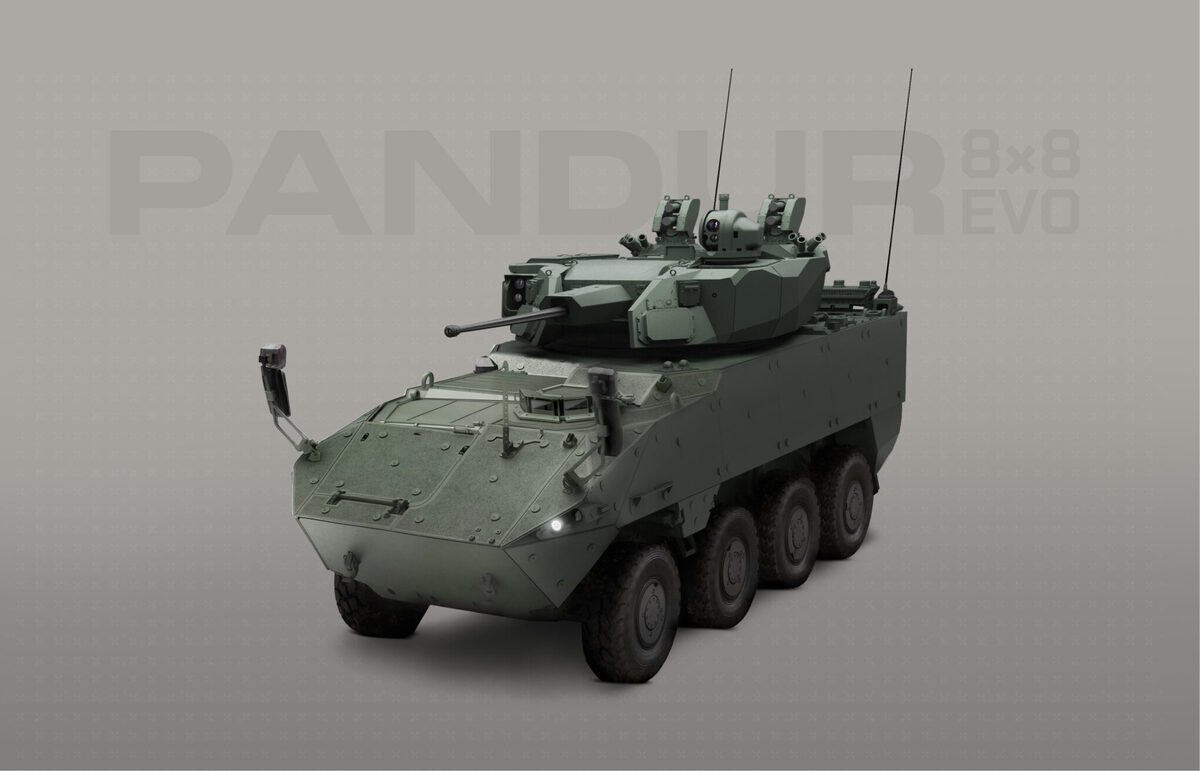
Tactical and technical parameters of modern 8x8 vehicles
The Pandur 8x8 EVO will be technically comparable to the latest version of the Patria AMVXP. There are minor differences between the two in terms of parameters, allowing each side to highlight advantages that align with their preferred choice. The Pandur 8x8 EVO is slightly smaller than the Patria, which its proponents may argue makes it more compact, transportable, and a smaller target. Meanwhile, supporters of the Patria may emphasize its larger crew and landing space, as well as the possibility of different superstructures. Both perspectives are valid, but ultimately, both vehicles meet the Czech Army’s operational requirements. Even the 15-year-old Pandur II 8x8 CZ vehicles still fulfill the army’s fundamental needs. However, the primary focus remains on the advantages of a domestic solution and the opportunities for the Czech defense industry.
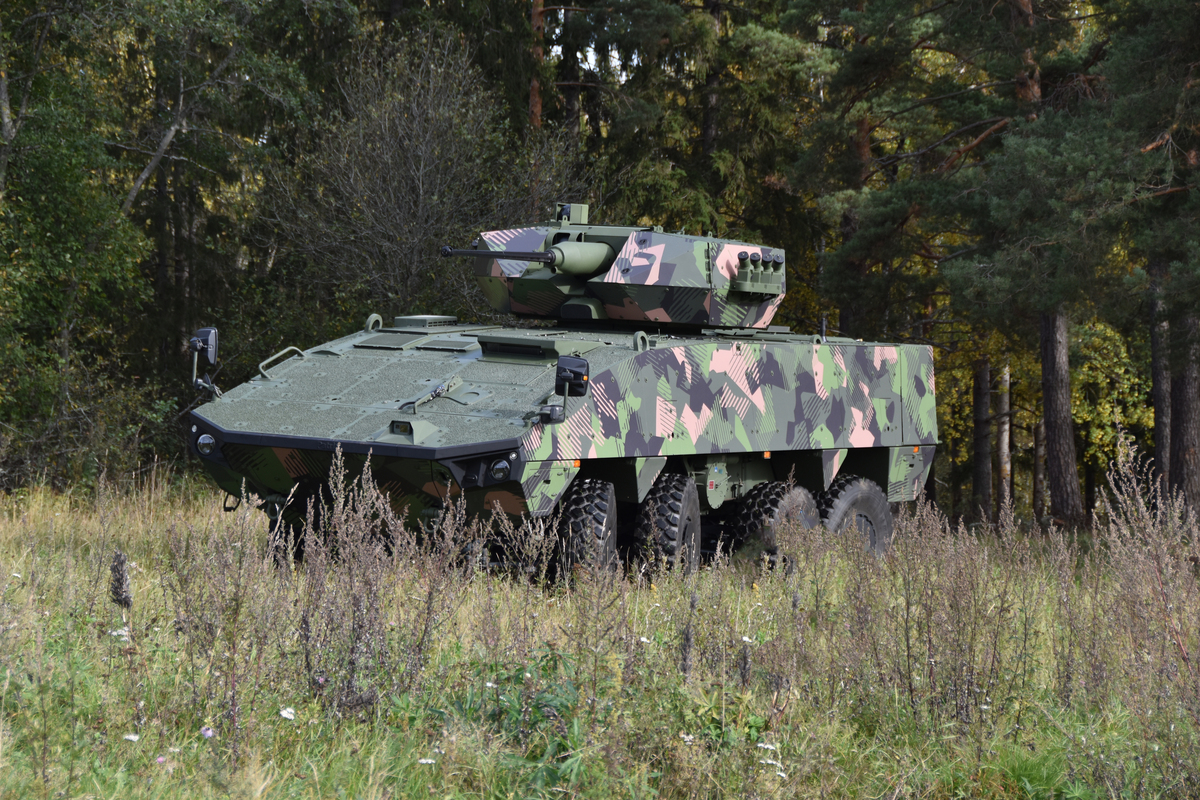
The advantages of a domestic solution
Modern wheeled armoured vehicles in all variants are now a complex combat system. And if in the past with complex combat systems in the form of tracked BMPs, main battle tanks, air defence systems or earlier self-propelled guns of NATO calibre, we had to endure the argument that in the absence of a domestic product we had no choice but to choose proven foreign technology according to army specifications, in the situation of eight-wheeled armoured vehicles we are in a completely different situation.
It is an unwritten rule that if a European state has a domestic manufacturer of an advanced complex weapon system, it primarily uses it for its army and does not buy this weapon system from abroad. The examples are obvious. Finland buys its Patrie, Germany its Boxer, Switzerland its Piranha. Only those countries whose domestic industry has no experience with wheeled armour rely on foreign types, which is not the case in the Czech Republic.
The case for harnessing the capabilities of the domestic defence industry is strong. A domestic manufacturer of a complex weapon system has a huge multiplier effect into the domestic economy. Specifically, for Pandur vehicles produced at TDV, an EY study showed that one crown spent by the Ministry of Defence on Pandurs was multiplied to a value of CZK 3.2 in the Czech supply chain. Thus, if the Ministry of Defence were to purchase a fleet of 250 vehicles worth at least CZK 30 billion from a domestic manufacturer, this would result in an injection of CZK 100 billion for the Czech economy, which is approximately 1 per cent of the Czech Republic's annual GDP. It was the Pandur II 8x8 CZ project and the aforementioned EY study that Prime Minister Fiala had in mind when he declared after a meeting with representatives of the defence industry that reasonable investments in defence would help the Czech economy because they would triple.
Another argument in favour of a home solution is safety and security of supply and service. In the case of Pandur II 8x8 CZ vehicles, the Czech Republic has many years of good experience with this, thanks to which the contract with TDV for servicing existing Pandurs serving in the Czech Armed Forces was recently extended. Moreover, in any potential crisis, it is logical that foreign suppliers would first and foremost meet the demand of their domestic armed forces. No one can be blamed for this – the Czech defence industry would behave in the same way.
If, for whatever reason, the Czech Republic decided to purchase wheeled armoured vehicles from a foreign manufacturer, it would probably be unique within the Alliance, which would not consciously take advantage of the opportunity to support employment, refuse higher tax revenues or the aforementioned benefits related to servicing.
Maximizing the added value of defense projects
Looking at acquisition projects abroad offers valuable insight. There is a clear difference between high-value projects that involve extensive domestic industry participation—including licensing rights, technology transfers, and export potential—and lower-value projects that rely merely on assembling imported components, often concluding with the final delivery of the last unit.
The transfer of the Pandur II 8x8 CZ or Pandur 8x8 EVO to TDV exceeds the depth and economic impact of, for instance, Croatia’s agreement to assemble Patria AMVs. It is also comparable to Poland’s licensed production of Rosomak vehicles, but with a greater focus on innovation and export opportunities. Given that the upcoming acquisition of new wheeled armored vehicles is a strategic project, factors such as supply chain security, economic impact, and long-term sustainability must be considered—something fully achievable with a domestic production approach.
